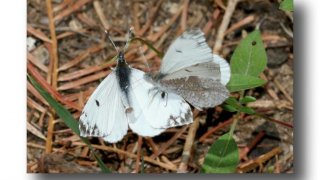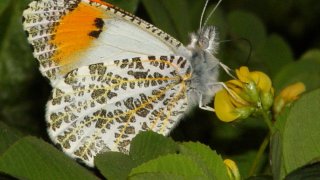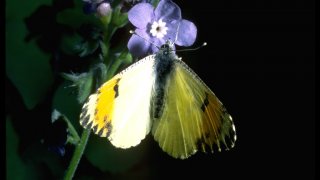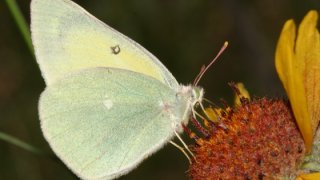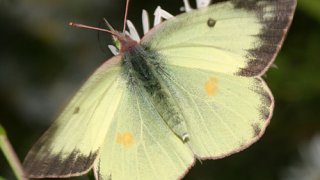Pierids are rather conspicuous white, yellow, or orange butterflies, with around 1000 species worldwide. They primarily feed on plants in the legume and crucifer families, although some odd groups, like our Neophasia menapia, feed on conifers. Some Pierids, especially Colias sulphurs and Pieris whites, have taught us much about species recognition (based on ultraviolet reflectance patterns) and seasonally-induced polymorphism and phenotypic plasticity.
Art Shapiro's Butterfly Site
Monitoring butterfly populations across central California for more than 45 years…

